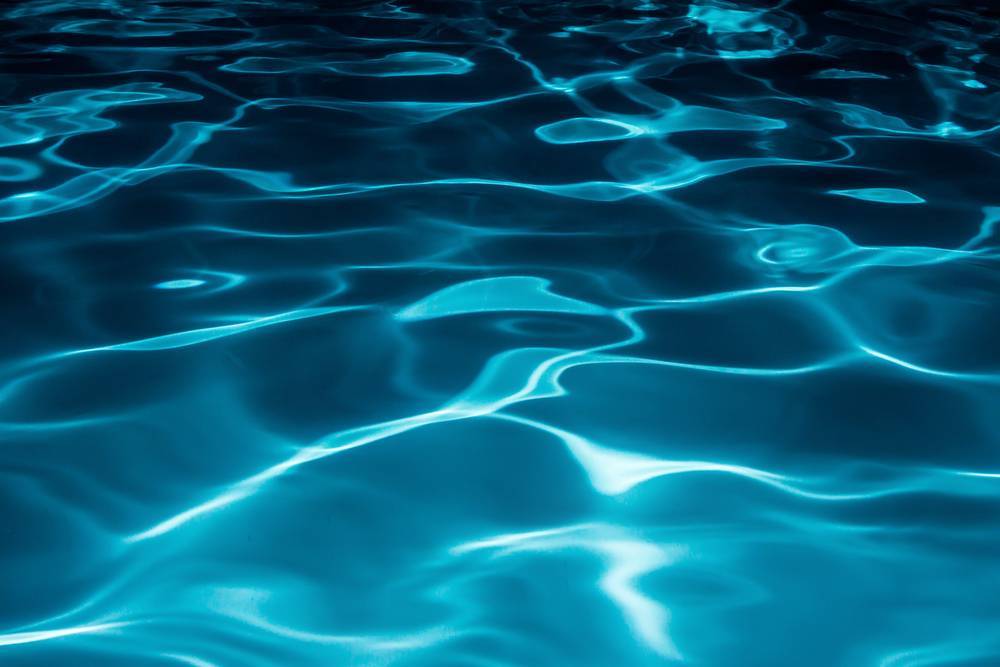I'll leave the chemistry to Marty (
@mknauss), he knows his stuff. He was my mentor/savior when I first joined TFP. I'll just add this: if you're not getting the expected FC after adding chlorine, there may be other factors in play. I described how an inaccurate water volume number might be the culprit, but there could be at least two others.
If your pool has algae, that could be affecting your FC. Not likely with a brand new fill and CC of zero, but if the pool was badly infected prior to new water, the algae could have survived in hidden spaces: like inside a ladder, or a light niche, or in the skimmer, etc., and then reinfected your pool. Cloudy water is a symptom of a few things, algae is one. If your CC is still at zero, that's good, and would indicate little or no algae, so stay on top of that test. Check hidden areas if CC rises and the water stays cloudy.
You also have to be sure your chlorine is fresh. Chlorine degrades over time. If you're storing it in a hot place, that could weaken the chlorine. How it's handled where you buy it could be an issue, or how long it's been on the shelf. If they aren't selling a lot of chlorine right now, who knows how old it might be. Some chlorine products have date codes (though they are hard to read), so that is one check to see how old the chlorine is. If your chlorine is not full strength, then all your dosing math will be off.
Here is some info about chlorine dates and freshness:
Hi, I just joined TFP this season and pool is looking great. TFP is an awesome resource. Thanks I thought the information below might be helpful for some of the forum participants. I recently bought 1 jug of 10% Liquid Chlorine that was actually 4.5%. It had a 2013 date code. I now am very...

www.troublefreepool.com


